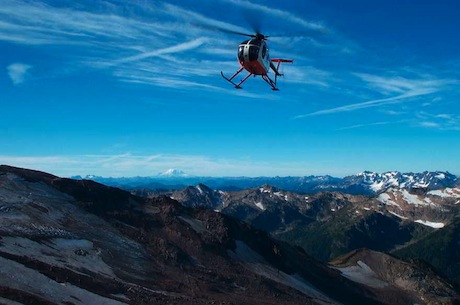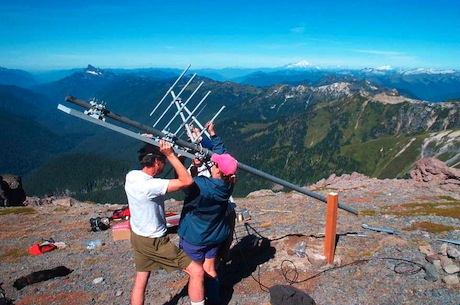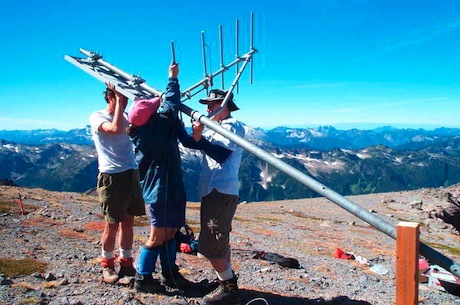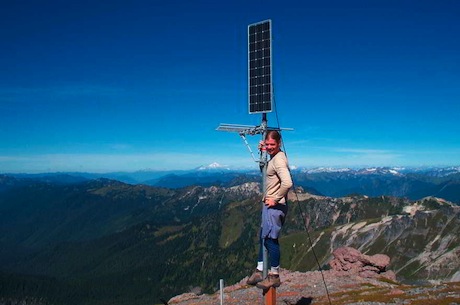Glacier Peak




Glacier Peak is the most remote of the five major volcanoes in Washington State, and is located 70 km NE of Seattle, WA. It is not prominently visible from any major population center, and so its attractions, as well as its hazards, tend to be over-looked.
Glacier Peak has produced some of the largest and most explosive eruptions in the state. The most recent eruption was about 300 years ago. A little more than 13,000 years ago, a sequence of nine tephra eruptions occurred within a period of less than a few hundred years. The largest of these eruptions ejected more than five times as much tephra as the May 18, 1980, eruption of Mount St. Helens, and was one of the largest in the Cascade Range since the end of the last ice age.
More background information on Glacier Peak
Background Seismicity
The PNSN operates only one seismometer on Glacier Peak. Thus, this potentially dangerous volcano is not well monitored. While there are plans to improve the coverage its remote location in a designated wilderness area makes it a very challenging task.
On average, we locate only one earthquake within 10 km of the volcano per decade. See installation pictures of the one monitoring station, GPW.
Glacier Peak (GPW) Station Installation
After two reconnaissance trips in 2000 and with assistance from the USGS the necessary permits were obtained from the US Forest Service to install a seismograph high on the flanks of Glacier Peak with minimum impact on wilderness values. The station was designed to require a minimum of effort to install and maintain. In September of 2001, the new seismograph station, GPW, was installed at an elevation of 2.3 km on the west side of Glacier Peak volcano. Dr. Jeff Johnson, a former UW graduate student, helped with installation and took photographs of the installation procedure and station location.

Participating: Prof. Steve Malone, Dr. Jeff Johnson, Liz Barnett, Erich Lenz
Photos: Jeff Johnson
A single helicopter trip was need to transport supplies too heavy or awkward to pack in. All personnel hiked the 30+ mile round trip to do the installation over a period of three days.

Steve, Liz and Erich installing GPW's antenna

Steve, Liz and Erich installing GPW's antenna

Jeff adjusting GPW's antenna direction.
Note solar panel is mounted vertically to best obtain the low-angle winter sun and to shed snow.
During the following 15 years since installation, GPW has required three service trips, only one of which required a helicopter delivery of supplies. This is pretty amazing considering the remote and nasty conditions where this site lives.